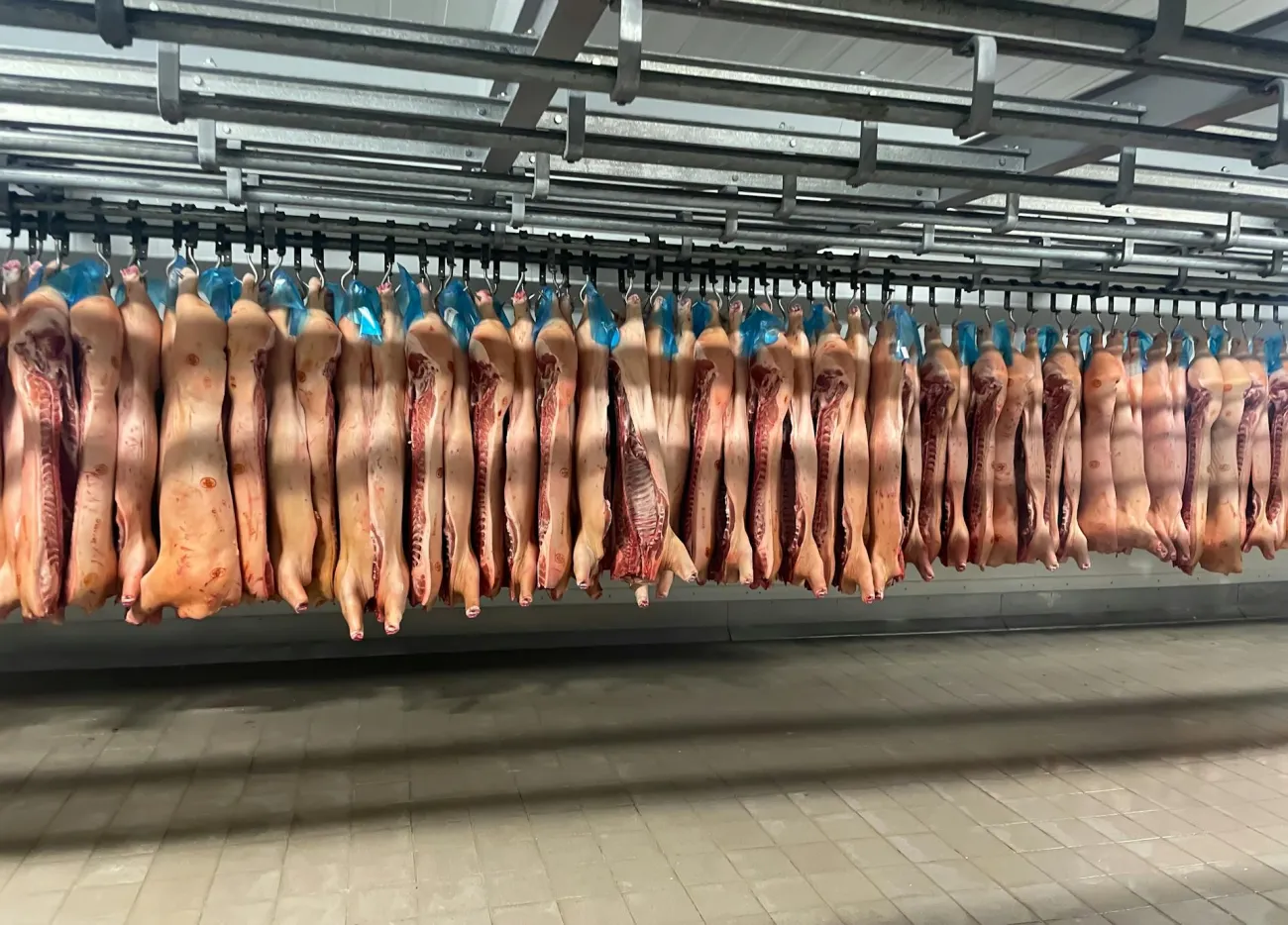This article investigates the current state of nutrition and sustainability of plant-based and animal-sourced products, mainly beef. It reflects upon the different metrics used in research and how they impact research results, narratives and policies. From the literature they reviewed, the authors found there to be a consensus that plant-based beef generates fewer greenhouse gas emissions than conventionally reared beef. They found it is more difficult to make nutritional comparisons due to the variability in plant-based beef products. Comparisons mainly focus on nutritional content, water use, land use and greenhouse gas emissions, but exclude social and economic sustainability. The authors highlight the impact of funding sources on the type of metrics chosen and call for more independent analysis focusing on a wider range of metrics.

Summary
This paper reviews the different metrics used in research that compares plant-based and meat-based products, with special attention to the Australian context. The authors are aware that comparative studies tend to have rapid uptake in media, policies, and marketing, which in turn have influence on the narratives surrounding meat and plant-based products, and are thus aware of the importance of their research. The authors point to a tendency for misinterpretation and selective use of results by both plant-based manufacturers and meat producers, obscuring the general message of the research available to investors and consumers. Both meat and plant-based industries market their products using claims around nutrition and sustainability, thereby generating a confusing network of information. Additionally, the Australian researchers provide special focus on the Australian context, reasoning a geographic contextual focus helps interpret research findings and is often absent from other studies which don’t provide sufficient attention to differing production systems, ecologies, and societies.
The review considers thirty-six papers which compare the sustainability of plant-based beef with meat products, primarily focusing on environmental indicators such as greenhouse gas emissions (GHG) and land use, with limited inclusion of social or economic ones. Plant-based products show significantly lower GHG emissions compared to meat-based products across all studies the researchers reviewed, mainly due to the absence of methane emissions. Most studies did not account for emissions related to land use change and soil carbon sequestration.
In terms of land use, plant-based beef products were found to use only 5% of the land required for an equivalent amount of meat-based beef production, according to a meta-analysis by Santo et al. (2020) who calculated land use per 100g of protein. While grazing cattle may use marginal lands unsuitable for arable production, they can still contribute to deforestation, biodiversity loss, and land degradation. Additionally, over half of global arable land is dedicated to feed production for livestock, which puts significant pressure on land and other resources. Plant-based products can, for their part, contribute to land degradation through mismanagement of arable land and artificial inputs, but the authors find their impacts are more limited due to their lower land use.
The authors also reviewed the water footprints in both product categories, and here the results varied. Water use varies greatly depending on the livestock system. Barn-based cattle fed on arable crops consume significantly more blue water than plant-based products. On the other hand, livestock fed on rainfed pastures, may have similar or lower water requirements compared to plant-based beef. However, the risk of eutrophication was consistently higher in livestock systems.
This review included thirteen papers comparing the nutritional content of beef and plant-based beef. The papers highlight lower protein, fat, iron, zinc, and B12 content in plant-based meats compared to red meat, though nutritional quality varied greatly among the different products used in the individual articles. It was noted in multiple papers that the potential for GHG reduction as well as an improvement of nutrient density was greater in the plant-based value chain compared to the animal industry. By this they mean that as a nascent technology, there is greater room for improvement in the sustainability and nutritional content of plant-based food as compared to the conventional animal industry.
Australia was given special attention in the analysis of the literature reviewed. The researchers found no direct comparison studies between Australian plant-based production and Australian animal-based production. They compared the environmental impact of beef production in Australia with systems in North America and Europe and found Australian cattle production systems have similar environmental impacts to those in North America and Europe and do not challenge the sustainability findings of the comparative studies reviewed.
A major criticism, for the authors of this study, is that the papers they review often fail to clearly acknowledge their funding sources. Some studies were authored by employees of plant-based companies such as Impossible Foods, or else they cited reports commissioned by plant based companies Beyond Meat and Impossible Foods. Similarly, Australia’s livestock trade association was a funder or partial funder of eighteen out of thirty-three papers. Of the thirteen studies which looked at nutritional content, only three had been undertaken without industry funding. The authors make clear they do not suggest industry-funded research is less valid, rigorous or reliable than non-industry research. They question why a significant gap in research on the environmental impacts of livestock production in Australia exists when Australia is one of the world’s largest exporters of marketed green and more sustainable meat products. The authors do not make any critical reflections themselves, but echo calls from other researchers to focus attention on who is funding research to assess if it has detracted from the quality of research.
The authors also found that the metrics used in Life Cycle Assessments (LCAs) to evaluate product sustainability varied greatly across studies, leading to difficulties in making comparison, due to differences in functional units, system boundaries, and databases used. The choice of metrics can be influenced by the interests and funding sources of researchers. For example, in assessing global warming potential (GWP) in the food sector, different metrics, such as GWP and GWP*, can favour certain industries. The selection and design of metrics are critical for industry strategies, such as the goal of the Australian cattle industry to become carbon neutral by 2030. Similarly, nutritional comparisons between plant-based and meat products use different metrics and comparison groups, resulting in complex differences in results and impacting the final message of the research. For example, not all comparisons result in favourable nutritional results for plant-based meats. In one study reviewed, plant-based burgers and lean meat burgers with 7% total fat were compared with plant-based burgers having less favourable fat and energy content. Overall, the design of metrics can significantly affect industry practices and policy decisions.
Additionally, the authors highlight that whilst most studies compare products directly, little consideration is given to the geographical variations in production and consumption, which affect environmental impacts and nutritional qualities. Cattle raised in different regions differ in their environmental footprints, while plant-based meat alternatives also have varying environmental impacts and nutritional values across factories and products. Misleading claims about environmental benefits in marketing are enabled by a lack of a governing verification standard, and differences in nutrient values between countries complicate comparisons.
This review highlights that there is an overall consensus regarding the environmental advantages of plant-based beef over animal-based beef, particularly when it comes to GHG emissions and land use, despite differences in production systems and methods of analysis . However, this variability represents a challenge when it comes to accurately quantifying the benefits of plant-based products. Moreover, this paper underscores the widespread use of different metrics surrounding alternative protein sources, whose selection and implementation is swayed by previous research and political forces potentially influenced by industry . Which metrics are excluded and included, and which calculations are chosen, will shape people’s views on the relative merits of different protein sources.. Ongoing independent analysis will be crucial in order to inform policymakers, investors, and civil society’s perceptions, ensuring a comprehensive understanding of the benefits and drawbacks of different foods.
References
McGregor, A., Bojovic, M., Ghammachi, N. and Mihrshahi, S. (2024). Producing knowledge about the sustainability and nutritional values of plant and animal-based beef: Funding, metrics, geographies and gaps. Journal of Cleaner Production
Resnik, D.B., Elliott, K.C., 2013. Taking Financial Relationships into Account When Assessing Research. Accountability in Research, 20, 184–205.
Santo, R.E., Kim, B.F., Goldman, S.E., Dutkiewicz, J., Biehl, E.M.B., Bloem, M.W., Neff, R.A., Nachman, K.E., 2020. Considering Plant-Based Meat Substitutes and Cell-Based Meats: A Public Health and Food Systems Perspective. Frontiers in Sustainable Food Systems 4.
Read the paper here and sign up for our upcoming event Global villain, local saviour? What’s the role of livestock in sub-Saharan Africa




Comments (0)